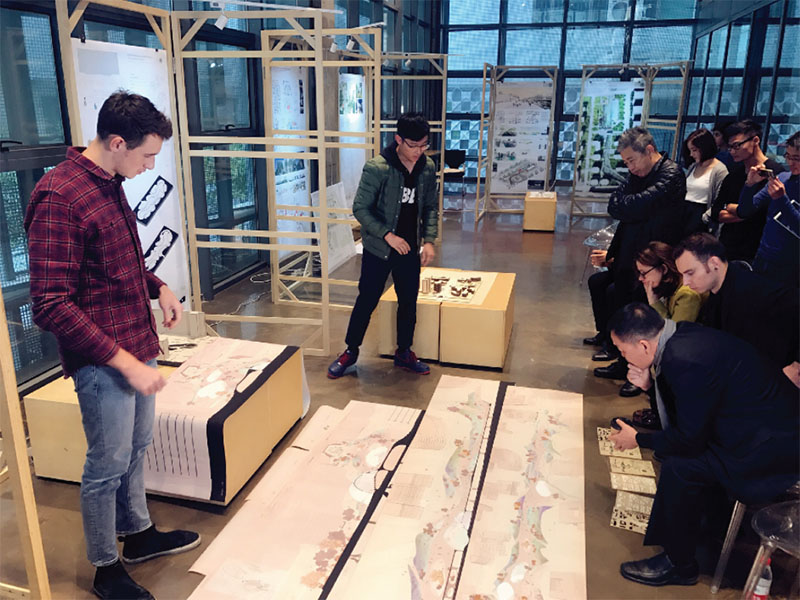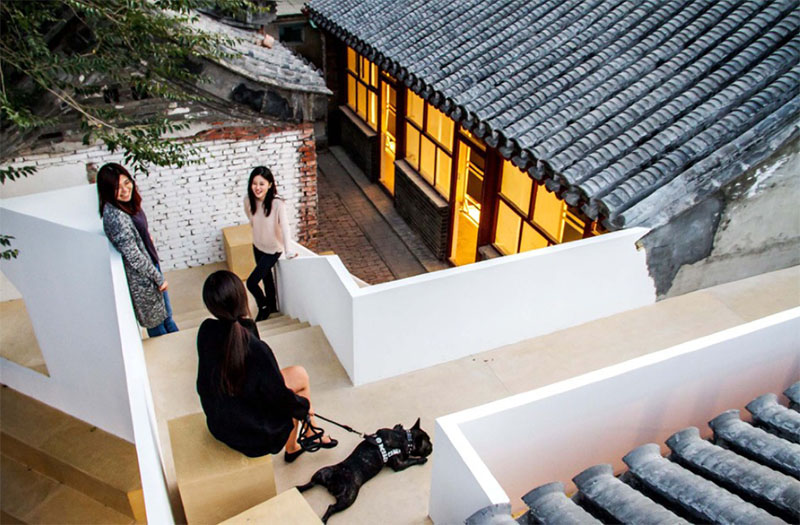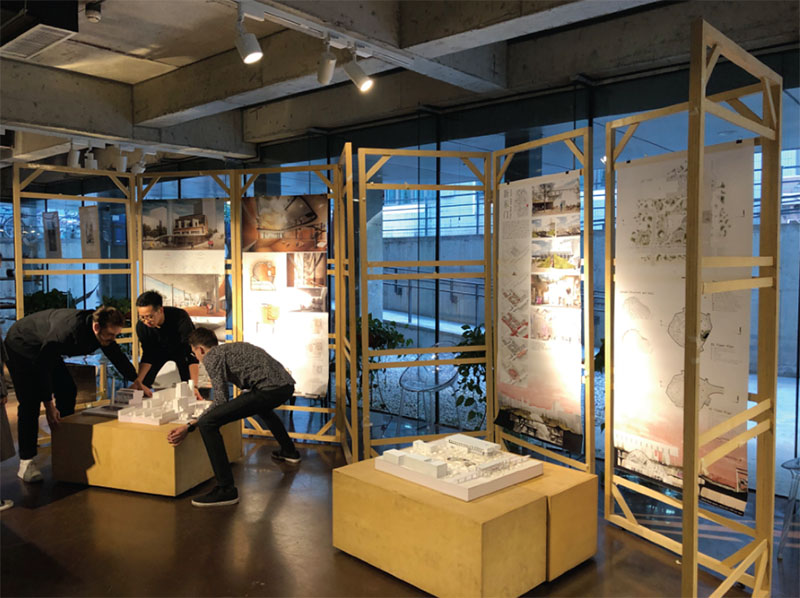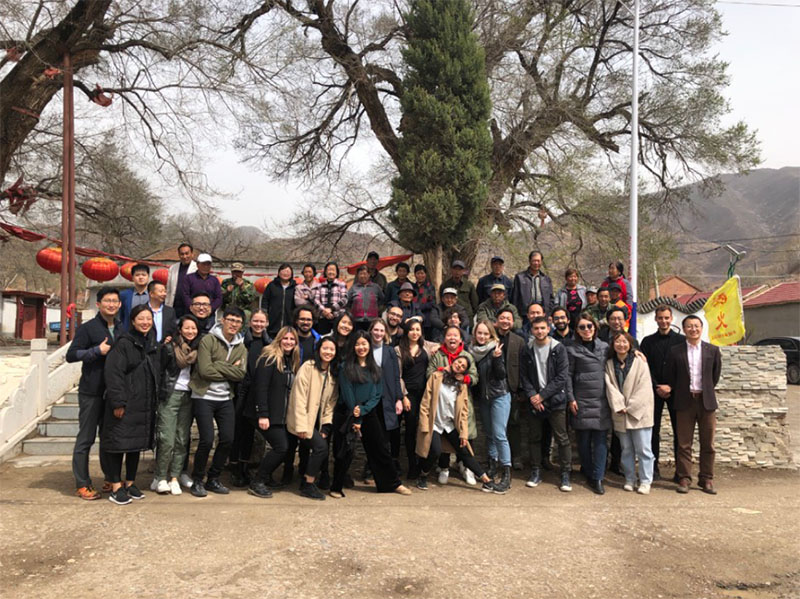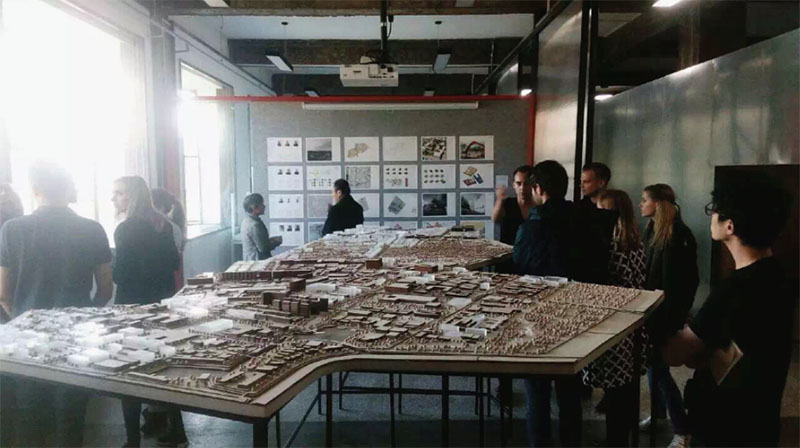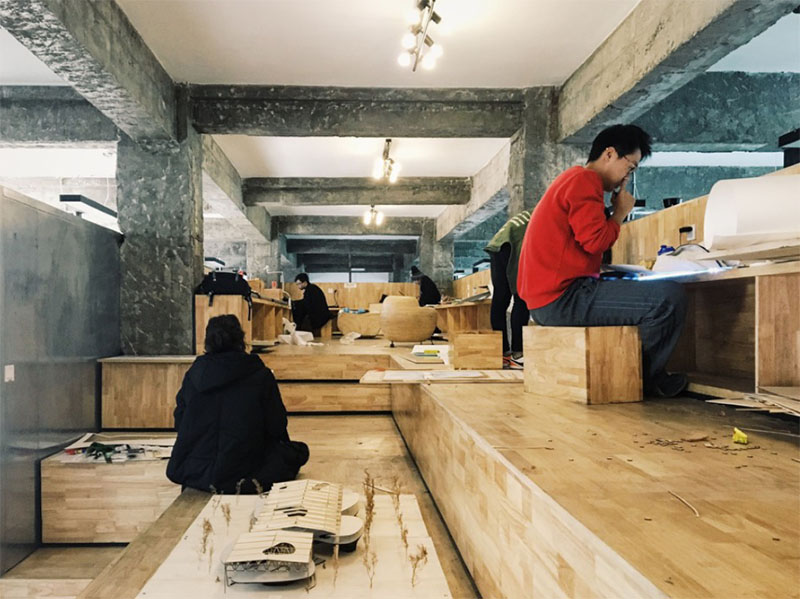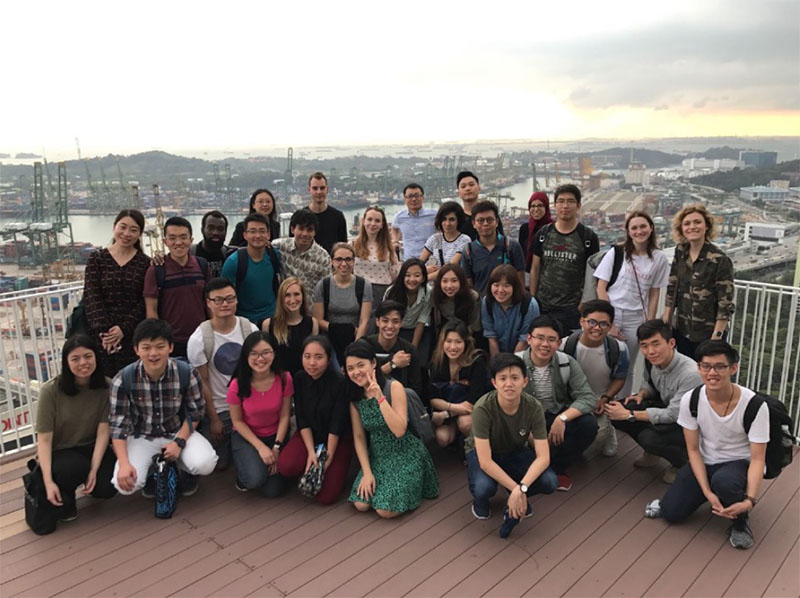Admission to Graduate Programs of Tsinghua University
Master's Program in Architecture - Future Human Habitat Design
1. Introduction
The MArch in Future Human Habitat Design program is an innovative program launched in autumn 2020 at Tsinghua Shenzhen International Graduate School (Tsinghua SIGS). The program draws upon the boundary-crossing among a cluster of disciplines and focuses on advanced technologies and cutting-edge ideas related to design issues of future human habitat. The program centers on design research as its ethos and endeavors to envision and create more intelligent and sustainable built environment. The program builds on the strengths and opportunities of the Guangdong-Hong Kong-Macao Greater Bay Area and the city of Shenzhen by bringing together leading technologies and emerging practice to generate and experiment with design knowledge for future human habitat.
The MArch in Future Human Habitat Design program has four key characteristics:
(1) Integration of multiple disciplines through design thinking.
(2) Focus on innovative solutions to key issues and challenges of future human habitat.
(3) Strongly bound to the applicable opportunities and technological supports in Shenzhen and the Greater Bay Area.
(4) Incubate young talented scholars to develop their future career out of their academic design research.

2. Curriculum
The program covers 2 academic years. Each year has 2 semesters. The student need to complete independent thesis project and dissertation to apply for degree. The program centers on a series of 2 design studios and 1 thesis studio, which are supported by taught courses in theory and technology. The program targets at highly international, interdisciplinary, capacity-building education towards leadership and excellency in innovative design solutions to future challenges in human habitat.
1st Year:
Mandatory Public Courses;
Basic Architectural Theories;
Architectural Design;
Academic and Professional Knowledge and so on.
2nd Year:
Thesis Project and Dissertation
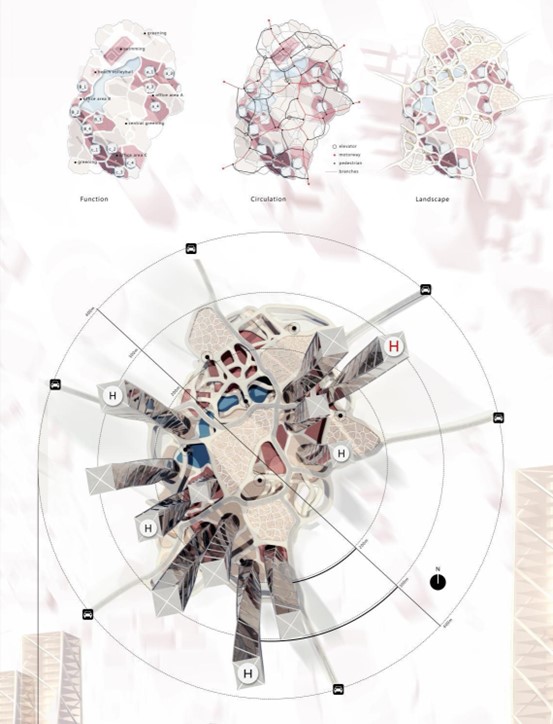
3. How to Apply
3.1 Required Qualification of Applicants
Applicants must be non-Chinese citizens with a valid passport.
Master's degree program applicants should have a Bachelor’s degree.
Applicants should be in good health and of good character, be well-behaved and be willing to abide by China's laws and regulations, as well as Tsinghua’s rules.
Language competence requirements:
Transcripts of TOEFL (85) or IELTS (6.5) (for non-native English-speaking applicants who don't have a degree in English-speaking countries).
3.2 Application Process
Applicants should complete an Online Application on the website of the THU Graduate Programs Application System for International Students (http://gradadmission.tsinghua.edu.cn) during the designated THU application period. Applicants should fill in the application information online, upload the application documents listed below to the Online Application System, and pay the application fee online at the time of submission.
3.3 Application Schedule
1st Round: 8:00 AM Oct 15, 2023——17:00 PM Dec 15, 2023
2nd Round: 8:00 AM Jan 1, 2024——17:00 PM Mar 1, 2024
Note: The winter break of THU will be from Jan 15, 2024 to Feb 22, 2024. The application system will still be available during the winter break, but online verification might be delayed due to the vacation. Applicants are therefore recommended to complete their application at least two or three weeks in advance.
3.4 Application Documents
Please upload all the listed documents below to the application system:
(1) Personal statement. (The Personal Statement should be filled out in accordance with the requirements of university template https://yz.tsinghua.edu.cn/en/info/1020/1072.htm )
(2) Degree certificate. Applicants who will not graduate before the application deadline must provide a pre-graduation certificate from their current academic institution. In this case, the degree certificate must be submitted before registration.
(3) Academic transcript. Applicants who will not graduate before the application deadline must provide their current academic transcript. In this case, the completed academic transcript must be submitted before registration.
(4) Two academic recommendation letters from scholars who have the title of associate professor or higher, or senior professionals in a related academic field. Please follow the instructions on the online system for submission of online recommendation letters or upload the recommendation letters signed by references.
(5) Passport personal information page (personal and ordinary passport).
(6) Portfolio (Need to be uploaded in one PDF file. It could be the school assignment, competition work or internship projects. This will help the Committee to evaluate your qualification.)
(7) Resume
4. Costs (Unit: RMB Yuan)
(1) Application Fee: RMB 800
(2) Tuition Fees: 33,000 RMB/year
(3) Accidental Injury and Hospitalization Insurance: RMB 800/year
For Application Evaluation/Scholarships/Accommodation, please check the following link:
https://www.sigs.tsinghua.edu.cn/en/2022/0929/c1402a58113/page.htm
5.Contact
Ms. WEN
Email: Cecilia.wen@sz.tsinghua.edu.cn
Tel: +86 755 26038619
Office Hour: 8:30-12:00, 13:30-17:30, M-F
